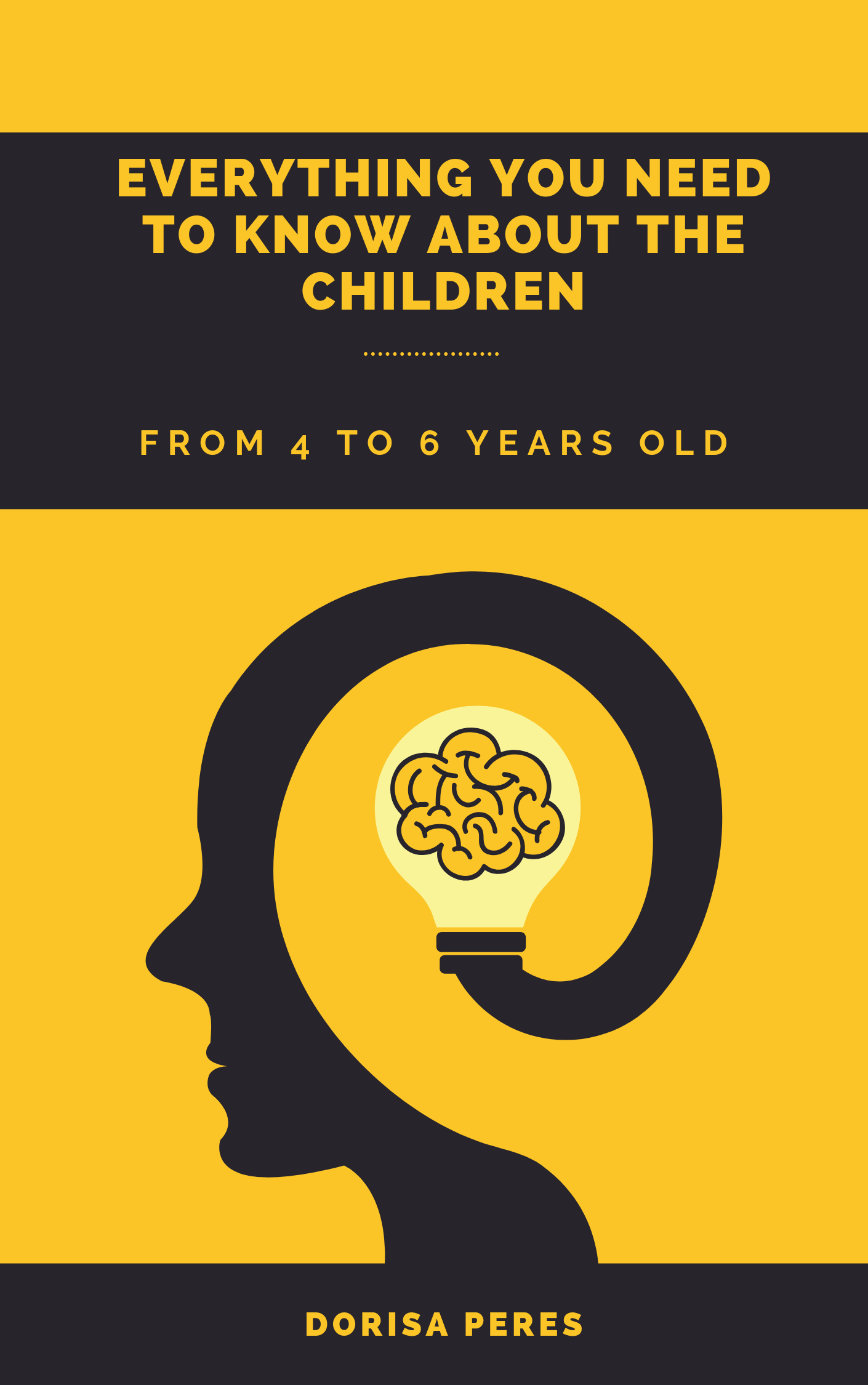
Everything you need to know about the children - from 4 to 6 years old
On Sale
€4.99
(50% off)
€2.50
This book was conceived for all adults who deal with children (ages 4 to 6) and who often encounter situations that challenge their way of thinking about children. The difficulties in dealing with and caring for young children often make it difficult to encounter the resolution of the situations they are confronted with.
In this book, we’ve look at things through the glasses of children’s culture, having in mind the best interest of the child and their development, including the knowledge about what happens at the organic and psychological level of each age group, the behavior that accompanies it, as well as some examples and ways to minimize the problems and maximize the development potential. The aim is to provide the reader with knowledge and tools that allow them to work with children in a way that is sustained by knowledge and scientific evidence.
Throughout the book, there are several references to children’s culture. Mullen & Rickli (2014) argue that culture is what differentiates a unique group of people from another and that includes language, habits, rules, beliefs, values and behaviors. When we think about childhood, all this is applicable, the specific words that only children use - the ‘p’ language, the typical habits of children, which are common in various nationalities - play hide-and-seek, the rules defended by the secret societies of the playground, believing in the bogeyman; the values – many toys are real extensions of children and represent the same value as a person and any experimental behavior, such as climbing into a closet and jumping with a sheet as a parachute. All these examples are typic of childhood in all parts of the world. This makes us think about the true nature of these behaviors, respecting them as an integral part of development. In this way, by observing, integrating and recognizing these behaviors as legitimate, we can better understand the development, which consequently facilitates communication with children.
The book is organized into three chapters. The first chapter - The development of the human brain – will address the existing state-of-the-art information on the dynamics of brain development and its relationship to learning. This chapter explains in a clear and objective way the development and natural processes present in the human brain and deepens the meaning of brain plasticity. At the end of the chapter, and because more and more parents must be informed, there is a note about the influence of trauma and stress on brain development.
In the second chapter - The development of the child - the development of the child is addressed by age group. From 4 to 6 years old. This chapter provides information on brain development, cognitive development, physical, emotional and social development and the relationship with children in each age group.
The third chapter - The development of the relationship - deals particularly with the relationship with the child and includes information about some of the best practices that exist right now regarding the challenges posed in everyday life with the child. This chapter explains the 10 principles in the relationship with children that maximize their development potential and minimize the challenges of child behavior. This chapter also delves into the way a child integrates the values and rules of their environment. Finally, there is also a section dedicated to the behavioral challenges the child sometimes poses and some options on how to deal with the child.
In this book, we’ve look at things through the glasses of children’s culture, having in mind the best interest of the child and their development, including the knowledge about what happens at the organic and psychological level of each age group, the behavior that accompanies it, as well as some examples and ways to minimize the problems and maximize the development potential. The aim is to provide the reader with knowledge and tools that allow them to work with children in a way that is sustained by knowledge and scientific evidence.
Throughout the book, there are several references to children’s culture. Mullen & Rickli (2014) argue that culture is what differentiates a unique group of people from another and that includes language, habits, rules, beliefs, values and behaviors. When we think about childhood, all this is applicable, the specific words that only children use - the ‘p’ language, the typical habits of children, which are common in various nationalities - play hide-and-seek, the rules defended by the secret societies of the playground, believing in the bogeyman; the values – many toys are real extensions of children and represent the same value as a person and any experimental behavior, such as climbing into a closet and jumping with a sheet as a parachute. All these examples are typic of childhood in all parts of the world. This makes us think about the true nature of these behaviors, respecting them as an integral part of development. In this way, by observing, integrating and recognizing these behaviors as legitimate, we can better understand the development, which consequently facilitates communication with children.
The book is organized into three chapters. The first chapter - The development of the human brain – will address the existing state-of-the-art information on the dynamics of brain development and its relationship to learning. This chapter explains in a clear and objective way the development and natural processes present in the human brain and deepens the meaning of brain plasticity. At the end of the chapter, and because more and more parents must be informed, there is a note about the influence of trauma and stress on brain development.
In the second chapter - The development of the child - the development of the child is addressed by age group. From 4 to 6 years old. This chapter provides information on brain development, cognitive development, physical, emotional and social development and the relationship with children in each age group.
The third chapter - The development of the relationship - deals particularly with the relationship with the child and includes information about some of the best practices that exist right now regarding the challenges posed in everyday life with the child. This chapter explains the 10 principles in the relationship with children that maximize their development potential and minimize the challenges of child behavior. This chapter also delves into the way a child integrates the values and rules of their environment. Finally, there is also a section dedicated to the behavioral challenges the child sometimes poses and some options on how to deal with the child.

